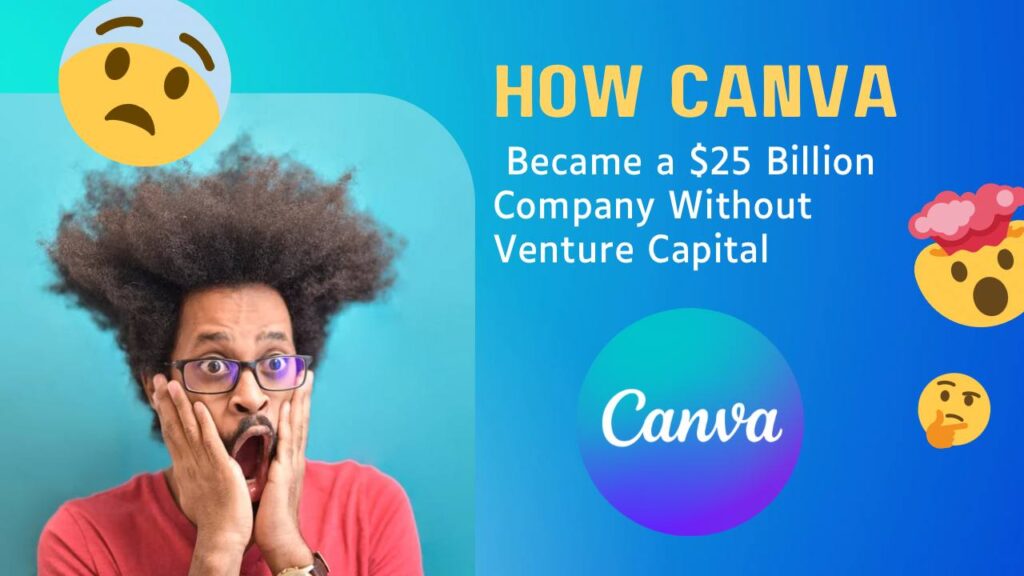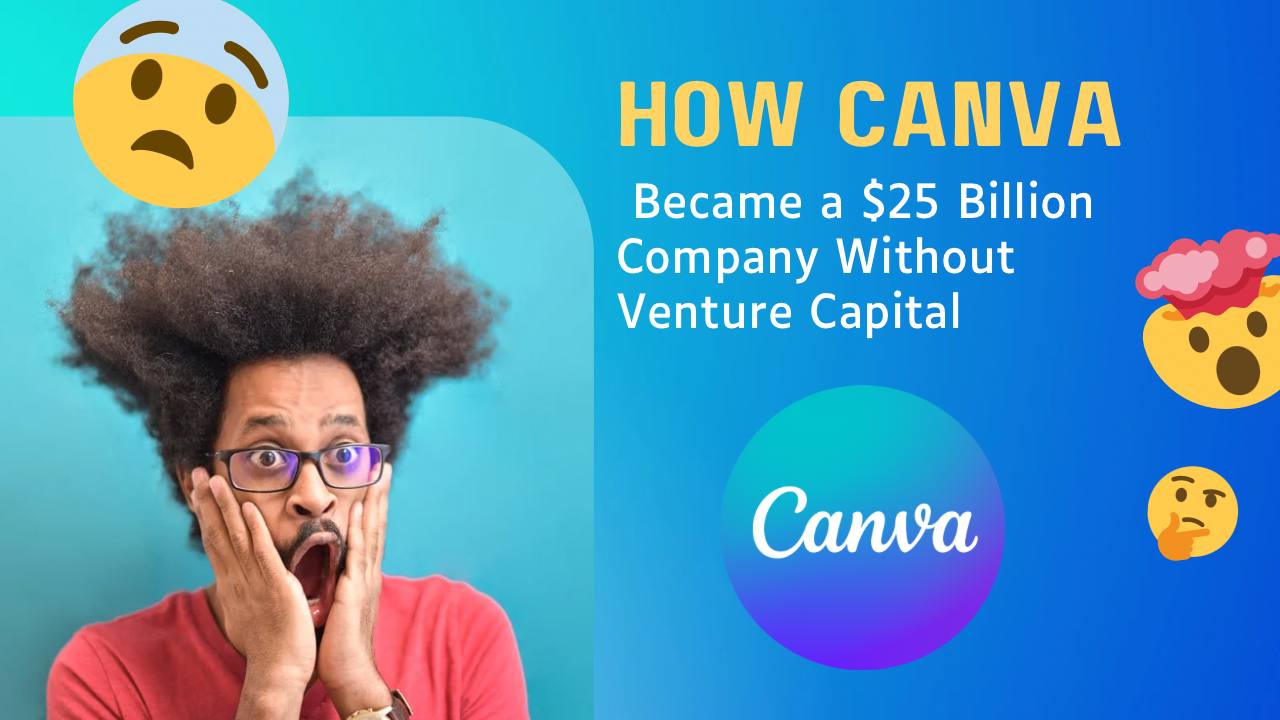
Canva isn’t just another tech success story—it’s proof that world-changing ideas don’t need to come from Silicon Valley, or have millions in early funding. In fact, Canva started in a living room in Australia, with a simple goal: make design easy for everyone.
Today, it’s valued at over $25 billion and used by more than 135 million people every month. Here’s how they did it—and what you can learn from their journey.
A Design Teacher With a Big Idea
In 2007, Melanie Perkins, a university student and design teacher in Perth, Australia, saw her students struggling to learn complex software like Photoshop and InDesign. These tools were powerful—but intimidating, expensive, and far from user-friendly.
Melanie believed there had to be a better way. What if creating beautiful designs was as easy as dragging and dropping?
That question became the seed for a small startup: Fusion Books, an online tool for students and schools to design and print yearbooks. It was simple, effective, and laid the foundation for something much bigger.
From Rejection to Reinvention
Fusion Books found local success, but Melanie had bigger dreams: a global platform that made graphic design accessible to everyone—no experience required.
But getting there wasn’t easy.
She and co-founder Cliff Obrecht pitched their idea to over 100 investors in Silicon Valley. Most said no. They didn’t have the right background, the right connections, or the right location.
Then came a turning point. They met Cameron Adams, a former Google engineer who shared their vision and joined as the third co-founder. With his help and initial funding, they officially launched Canva in 2013.
A New Kind of Design Tool
From day one, Canva wasn’t trying to compete with Adobe on complexity or professional features. Instead, it focused on simplicity, accessibility, and speed.
No downloads. No steep learning curve. Just a browser-based, drag-and-drop interface loaded with templates anyone could use—for social media posts, resumes, posters, presentations, and more.
Canva was free to use, with premium features available through Canva Pro—a smart “freemium” model that attracted hundreds of thousands of users in its first year, and millions soon after.
How Canva Grew Without Ads
Canva’s growth strategy was genius in its simplicity: make the product so good that users naturally share it.
Teachers used it. Social media managers used it. Small businesses used it. And all of them talked about it.
Instead of pouring money into advertising, Canva focused on product-led growth—listening to user feedback, improving the experience, and adding features that solved real problems.
By 2024, Canva had grown to over 135 million monthly users in 190+ countries.
The Business Behind the Brand
So how does Canva make money?
1. Canva Pro – a subscription for individuals who want advanced features and content.
2. Canva for Teams – collaborative tools for businesses.
3. Canva for Enterprise – solutions for large organizations with brand management needs.
4. Canva for Education & Nonprofits – offered free to qualified users, helping build loyalty and expand reach.
Canva’s valuation passed $25 billion, all without relying heavily on venture capital or traditional advertising.
Lessons from Canva’s Success
Here are four powerful lessons entrepreneurs can take from Canva’s story:
1. Solve a real problem—simply. Canva made design easier for people who didn’t have time to learn complex tools.
2. Start small, then grow. Fusion Books was the humble beginning of a global platform.
3. You don’t need Silicon Valley. Canva was born in Perth, Australia—proof that talent and vision matter more than location.
4. Design for your real users.
Canva prioritized beginners, not experts—and created a tool people actually enjoyed using.
Final Thoughts
Canva’s story is inspiring because it shows what’s possible when you combine a clear vision with persistence and a genuine desire to help people. Melanie Perkins didn’t set out to build a billion-dollar company—she set out to solve a problem.
And that’s often how the best businesses begin.
If you’re an aspiring entrepreneur, take note: you don’t need to start big. You just need to start.
